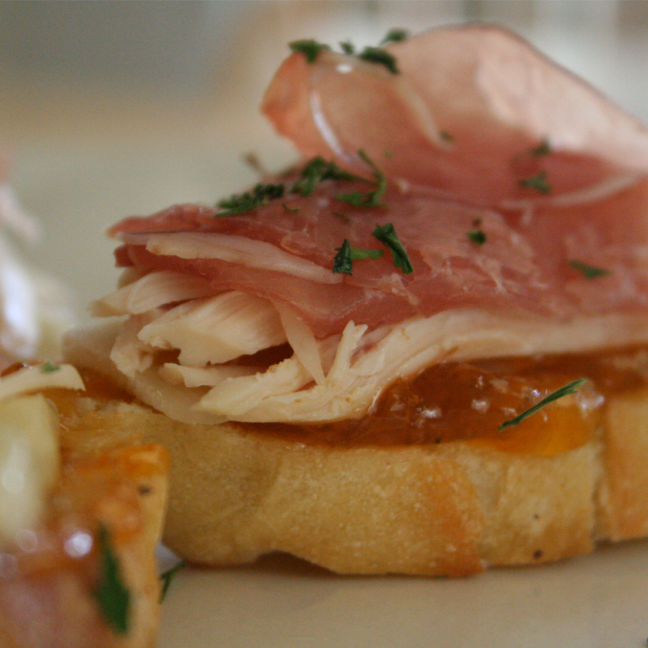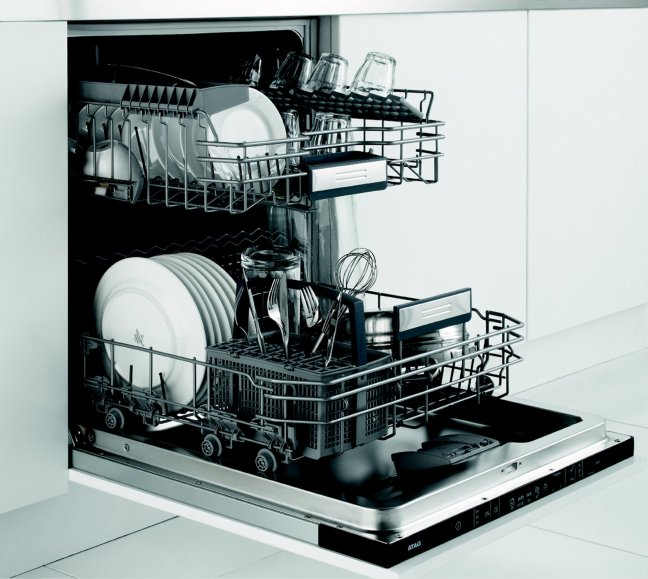It’s summertime, which means it’s grill time! Who doesn’t like a good summer barbecue with some good brews and good friends? But wait, you don’t have a grill. You don’t even know what kind of grill you want. Let’s fix that.
The first thing you need to decide is if you want a gas or a charcoal grill, the never-ending grillers debate. Many grillers insist that charcoal has a much better flavor, as the charcoal imparts a rich, smoky taste to whatever is cooked with it. However, charcoal takes about twice the time a gas grill to preheat, and it’s much messier with all the leftover ash.
A lot of people prefer gas for its convenience. In addition to being a quicker and cleaner option, temperature control knobs allow you to regulate heat more precisely. On the other hand, charcoal grills are generally cheaper than gas grills. Also, a high-capacity ash catcher or charcoal access drawer makes cleaning up a lot easier.
Once you make the big decision between charcoal or gas, you still have a lot of other aspects to consider. For instance, the size of the grill you purchase should be determined by both the amount of space you have for a grill as well as how many people you plan to cook for.
You’ll want a built-in thermostat, or at least somewhere to put a thermostat, to make sure you’re cooking at the correct temperature. In addition, make sure that the side shelves are sturdy enough to hold meats, veggies, and condiments while you grill.
Grills made in stainless steel is pretty standard–some charcoal grills can be found in ceramic–but the quality of the stainless steel differs. If a magnet sticks to the grill, then it’s the cheaper grade (430), which will rust. The high quality is 304 stainless steel, which a magnet will not stick to.
Be sure to check the warranty on the grill! While a lifetime warranty is ideal, you should ensure that the burners are covered for at least five to ten years.
Finally, you’ll want to get a grill cover to protect your investment. Then are a ton of extra add-ons you can get with your grill, from tools holders to rotisserie kits. If you’re a grilling novice, the best bet is to start with a simpler grill and work your way up to the fancy features.










